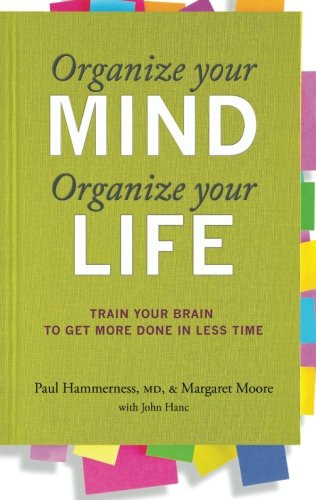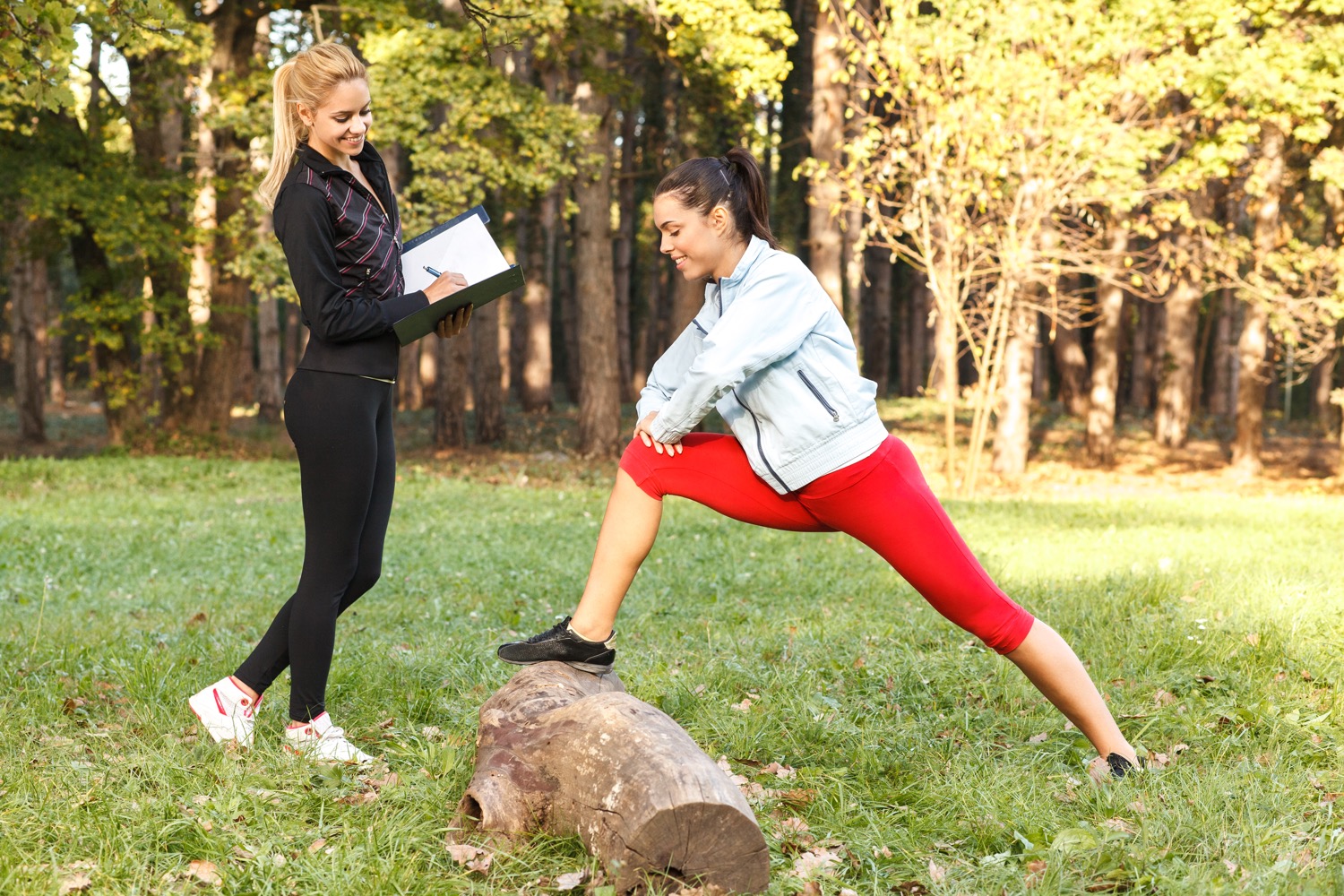At first I thought the #freethetampon movement was a bunch of hooey. However, now I am giving it a second look. What got me thinking was a Tedx talk given by Nancy Kramer featured here on this website:
http://freethetampons.org
This site has some hard numbers about how many girls and women have to interrupt their school or work day to improvise a solution to an unanticipated period (86 % of us !) This is because restrooms the world over are stocked with toilet tissue, soap and something to dry hands, but there are scarcely ever any tampons or pads.
Granted there is an additional cost to providing these supplies, but in terms of school or professional environments, there are also benefits: less time away, less workplace stress, etc. Supporters of the #freethetampon movement advocate that tampons and pads should become freely available in every public bathroom, much like toilet tissue or soap. They view it as a public good and standard of decency in consideration for the everyday realities of normal body functions in women. Most women prepare as best they can and carry adequate menstrual supplies most of the time. But, as a Gynecologist I can assure you that irregular cycles and uncontrolled menstrual flow happen once in a while to most women. Even the best prepared among us has most likely struggled with an out of control period at one time or another.
Back to the cost of menstrual supplies. Did you know that in most places there is sales tax on tampons and other menstrual hygiene materials ? Sales tax criteria vary by state. Montana, Alaska, Oregon and New Hampshire have no sales tax on anything. Beyond that, Minnesota, Pennsylvania and Maine tax the customary items of “ tangible personal property” excluding necessities like food and medicine. Most notably these states also exclude menstrual hygiene products from sales taxation! In these states menstrual hygiene products are classified as necessities rather than “ luxury” or “ tangible personal property” items. Every other state taxes menstrual hygiene products. Every other state has what is being called the “ tampon tax.” Critics of the tampon tax say that it unfairly discriminates against women. They point out that it is a tax that women have to pay solely by virtue of being women, which is sex discrimination.
The tampon tax issue together with the #freethetampon movement has catapulted the menstrual cycle into the public limelight. For most of history however, the subject has been totally taboo. Most generally menstruation has been looked upon as an “unclean" state. In many cases menstruating women have been set apart from their family during this time. Even until recently it has been considered a topic not fit for polite conversation. And for reasons which are still not clear to me, menstruation has been a source of embarrassment or shame.
Many contemporary women are interested in removing the stigma of shame associated with this normal body function. To do so, they have taken several tacts. If you search the web on such matters, you will find all kinds of art from posters, pins and jewelry which flaunt these taboos, and demonstrate menstrual pride. There are references to “shark week”, “riding the cotton pony” and visits from “Aunt Flo”, normalizing and humorizing the subject. In one instance at one American high school
(https://en.wikipedia.org/wiki/Tri-Valley_Central_School,)
a security guard’s public search of a girl’s purse also included questions about whether she was on her period. The incident was considered intrusive. The next day, boys at the school came to class with sanitary pads taped to their shirts in a show of solidarity for the girl. Girls wore tampon necklaces. Finally, most of you have heard by now how Kiran Gandi, a Harvard business school student, ran the 26 mile London Marathon on her period, without a tampon and with visible bleeding, to “ transcend oppression” and to publicize the plight of those women who lack adequate menstrual products.
You get to decide how you feel about your period. But you should know a few things about it. No period is comfortable or convenient, but some get downright bad. If you meet certain objective criteria, you should call your doctor and get checked. Abnormal periods are not healthy, and should be treated.
Here is a section from our page on on adolescent and childhood Gynecology which describes the beginnings of periods :
The mean age of menarche (first menses) is approximately 12 1/2 years of age, with a range of about 11 to 14. Menarche typically occurs 2 to 3 years after thelarche after the breasts are fully developed. Ninety eight percent of females will have had menarche by age 15. Any adolescent girl who has not reached menarche by 15, or within 3 years of thelarche should be evaluated. Additionally, any vaginal bleeding before the age of 8 is a concern and should be evaluated by a a gynecologist.
- See more at: http://drginanelson.com/childhood-gyn-concerns#sthash.ykiQ4Hoh.dpuf
More menstrual facts you need to know:
Periods should not last longer than a week.
Period intervals ( time from day 1 of one period to day 1 of the next period ) should not be less than 21 days or greater than 35 days.
Total flow should not exceed 80 cc (1/3 cup) in one cycle.
Period flow should not make you lightheaded or anemic.
Period pain should not keep you from school, work or exercise.
You can get pregnant on your period.
If you experience any of these things, you should call your doctor. Depending on your age and medical history, an evaluation may be done. Depending on the results, a treatment can be planned.
Tips for menstrual management:
You may pick from either pads, tampons or both. You may use menstrual cups as long as you wash them as instructions indicate. None of the internal methods should be left in longer than needed, or they can foster infection. Apparently there are now unisex tampon necklaces you can wear, to use yourself or to “help a sister". There is even an app, developed by a Harvard freshman, Olenka Polak, called “ Code Red” which alerts sympathetic users in your area that you are caught in a “ periodic emergency”.
Menstrual health is a physical and psychological challenge. Don’t feel like you have to meet this challenge alone.
























